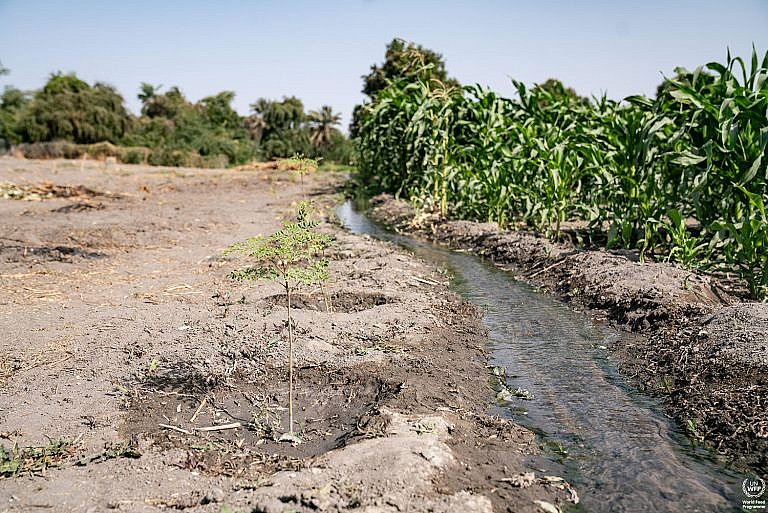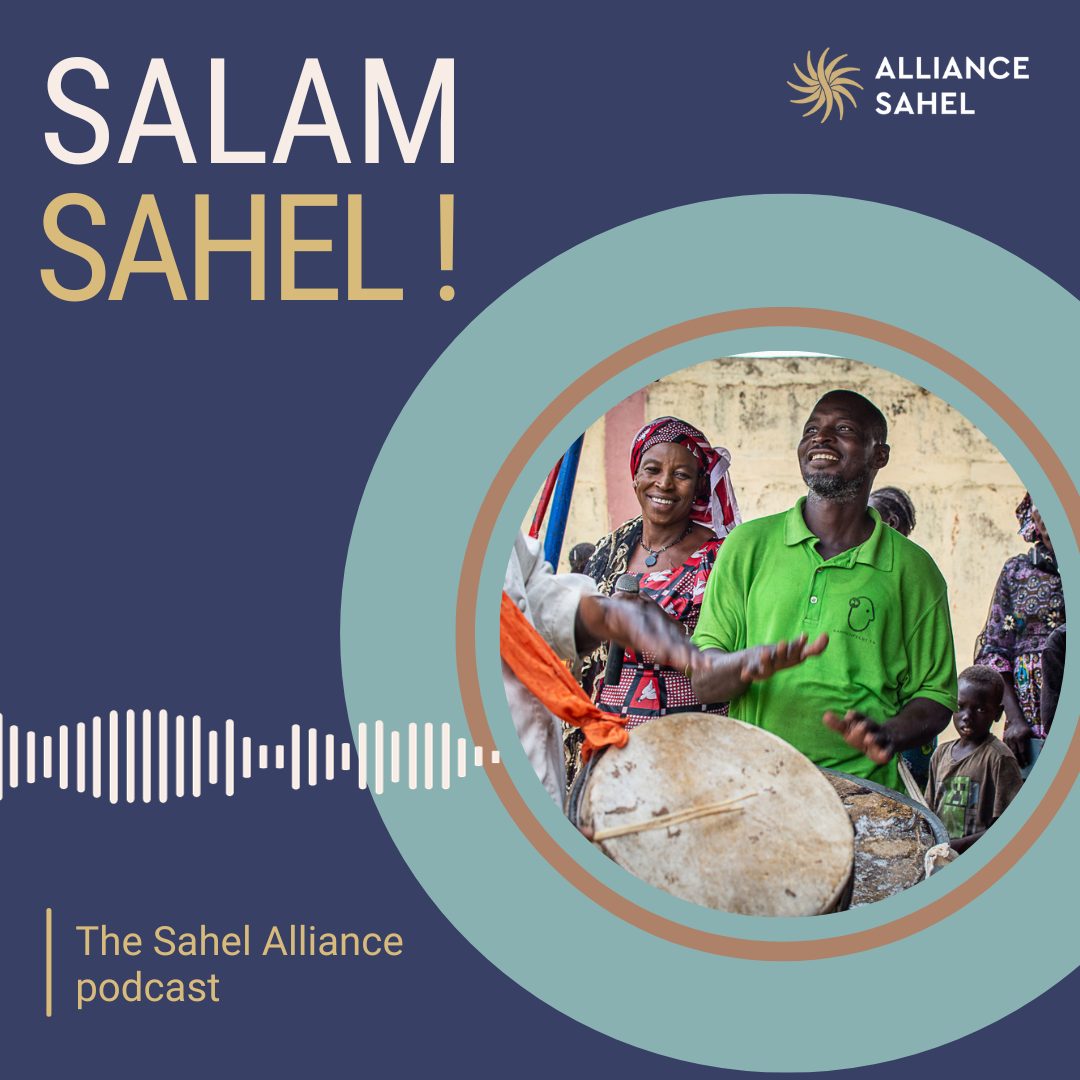“There is an urgent need to address the root causes of climate change and help communities adapt”
Rama Leclerc, resilience specialist at the World Food Programme (WFP), alerts us to the challenges faced by Sahelian countries in the food security and environmental protection sectors. She also shares innovative practices and actions implemented by local communities or with development partners to strengthen food security in the Sahel.
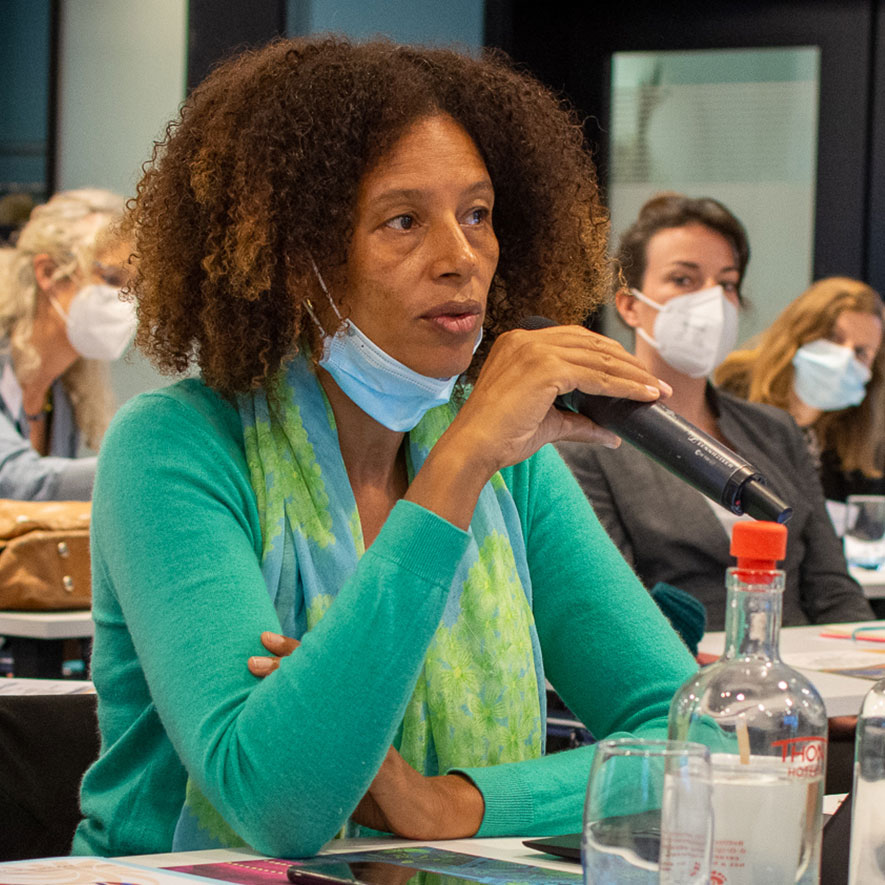
Rama Leclerc is a Resilience Programme Officer at WFP’s regional office in Dakar. She has been working for more than 10 years in the Sahel, with an experience of more than 4 years in Casamance in Kolda. Her academic background is in social sciences, more specifically social and cultural anthropology. Since her arrival in the Sahel, her focus remains on food security and sovereignty of local populations so that communities can strengthen their resilience capacities.
What are the most acute challenges facing the Sahel in terms of food security and environmental protection?
G5 Sahel countries face multiple, interrelated challenges with high levels of food insecurity and malnutrition, unequal access to basic services, poorly integrated markets, growing insecurity, an environment threatened by land degradation, recurrent droughts and erratic rainfall.
Climate change is seen as a factor that exacerbates shocks and stressors. For example, the increasingly limited availability of livelihoods, coupled with population pressure, can upset the delicate balance between farmers and pastoralists who share water and pasture. There is indeed a lot of pressure on earth. The potentially devastating consequences reinforce the urgency of addressing the root causes of climate change and helping communities adapt.
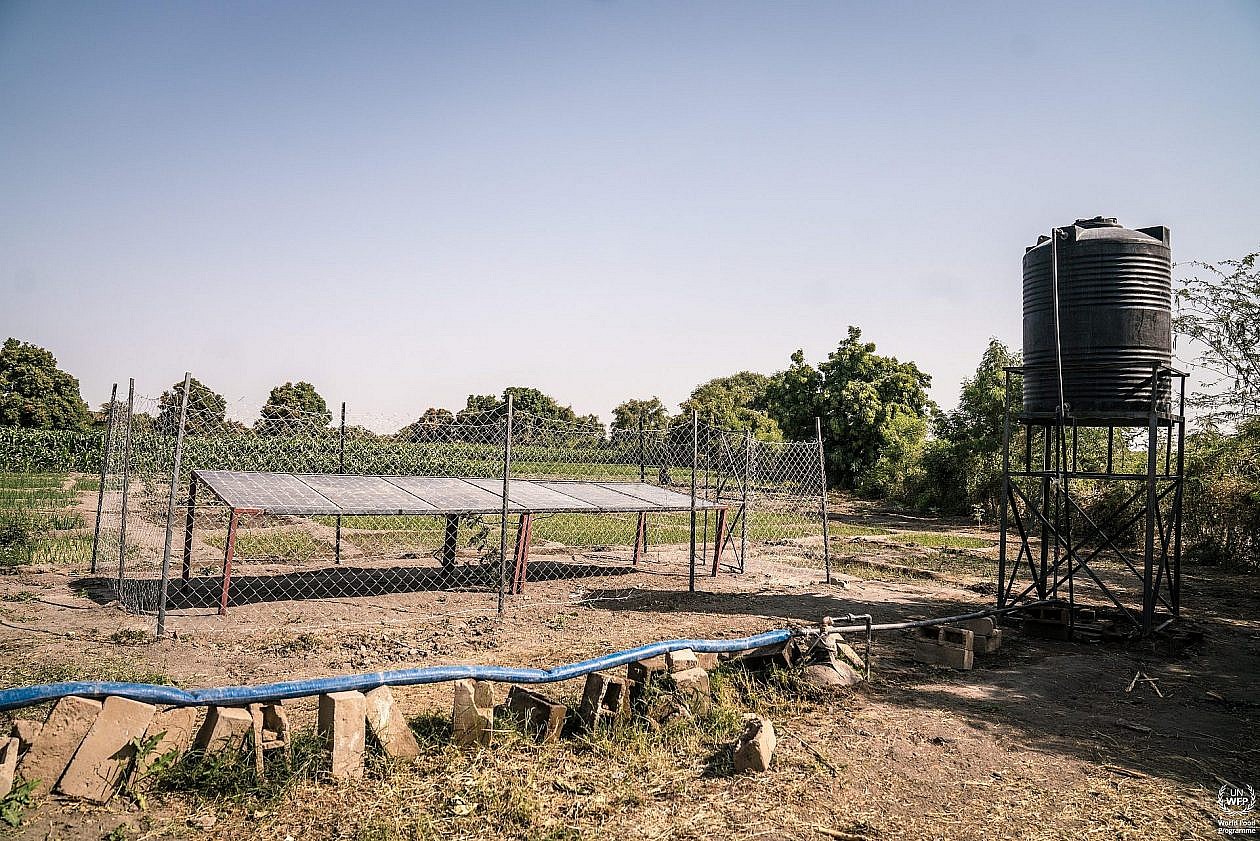
In the Sahel, the terrain is quite unique: arid and semi-arid vegetation can naturally threaten livelihoods and the ecosystem. People need to intensify adaptation efforts to cope with environmental conditions and accelerating desertification. In this context, access to water must be improved to strengthen the resilience of communities.
WFP has developed actions such as the implementation of simple and community-based hydro-agricultural infrastructure projects, and support for the reduction of the potentially adverse impact of abundant water and floods. Our organisation is one of the few partners that currently implement projects aimed at improving groundwater levels as they treat watersheds through targeted interventions.
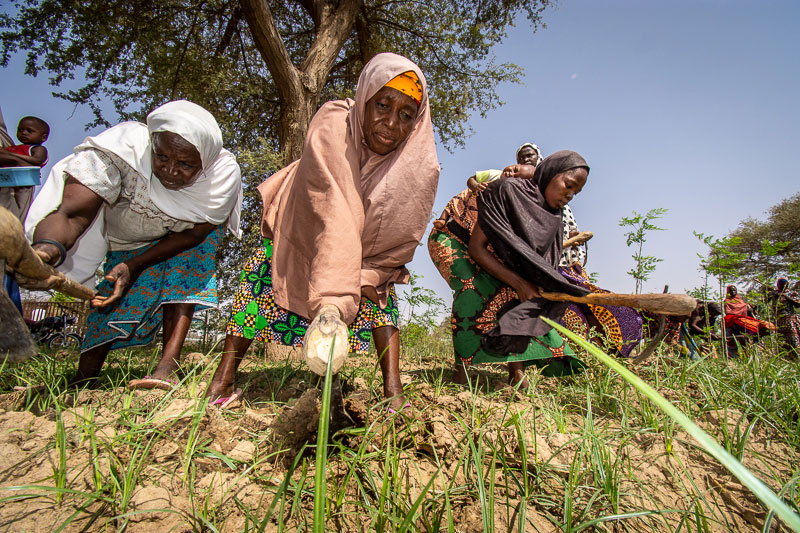
What are your recommendations to improve food sovereignty in the so-called crisis regions of the Sahel, taking into account in particular the environmental dimensions?
Supporting the resilience of populations and safeguarding the environment in the Sahel requires intensifying and accelerating the introduction of agricultural practices favourable to the Sahel. These are key sectors that play a major role in achieving the objectives of the triple humanitarian-development-peace nexus through concrete interventions.
WFP has made substantial investments in the Sahel, providing concrete support to the fight against deforestation and desertification, through innovative and transformative actions on land regeneration and climate-resilient agriculture.
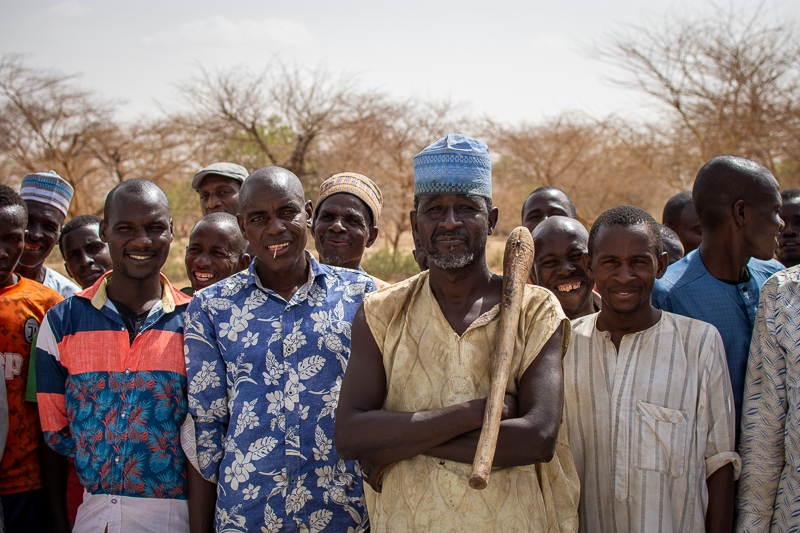
Climate change requires unprecedented investments in land rehabilitation, but also education, health and nutrition, green jobs for all, enabling social cohesion and better governance. In collaboration with governments and partners, WFP has developed an integrated resilience programme in the Sahel: the approach is based on participatory community watershed planning, with a variety of land rehabilitation, nutrition, support for smallholder farmers and linked to school canteens.
In practice, this means reviving degraded land, providing access to food and healthy diets, bringing children back to school, and developing value chains to boost incomes and green jobs. It also means promoting vulnerable people’s access to national social protection systems that enable them to meet their basic needs. We are working with governments to strengthen their systems and expand their coverage in response to shocks.
I would also like to highlight our partnership with the Pan-African Great Green Wall (PAGGW), which shares the same vision as WFP. Both structures have a common goal of improving the lives of vulnerable populations living in the Sahara and the Sahel by combating the effects of climate change. Indeed, the Great Green Wall represents a wall against “Hunger” for the WFP. For this reason, it must be an initiative which carries out integrated activities that touch on the adaptation and resilience aspects of populations. Through the Food or Cash for Assets (FFA) projects[1], WFP and the Great Green Wall Initiative (GGW) are creating jobs for youth while at the same time fighting malnutrition. In 2018, the GGW and WFP signed a Memorandum of Understanding on Cooperation and Partnership.
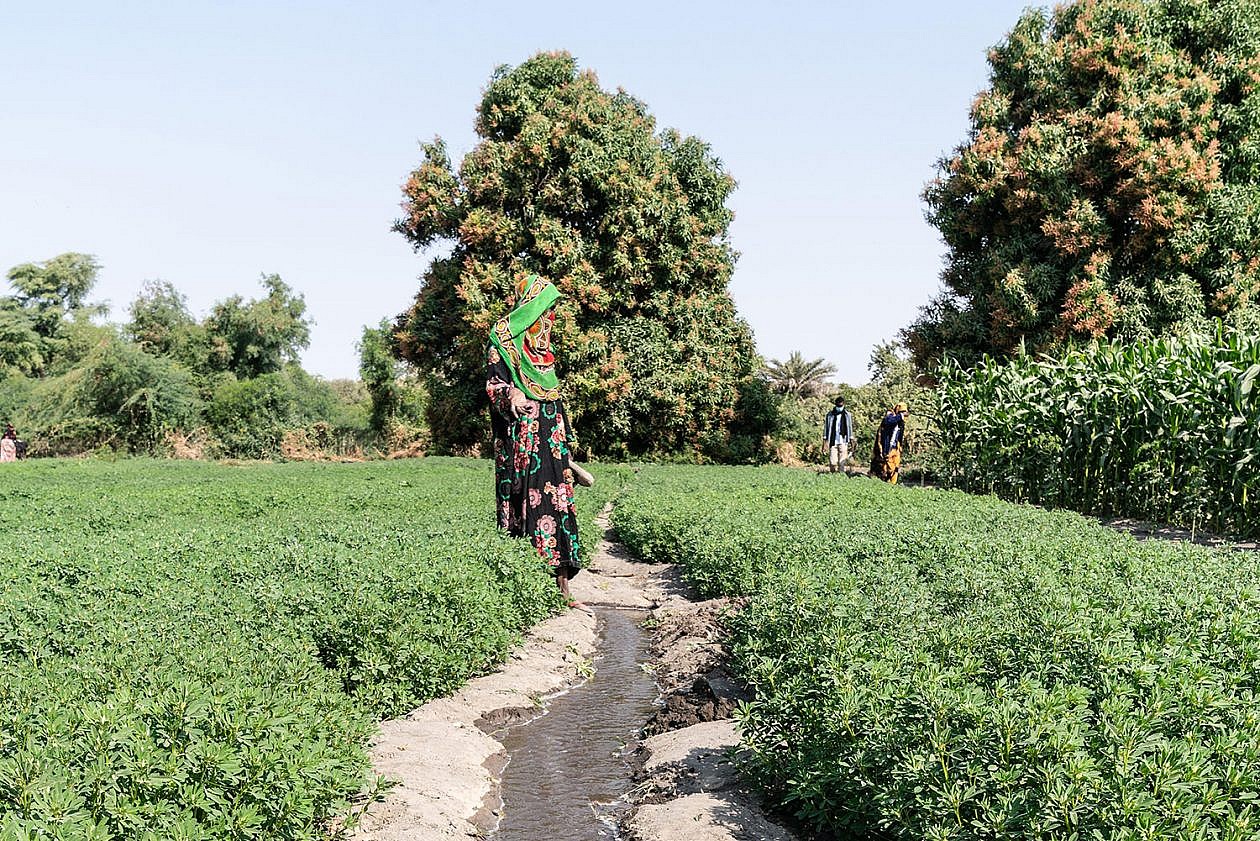
AHave you observed innovative and remarkable practices in the Sahel to improve food security (especially those implemented by local communities themselves)?
In general, we have seen that the cost of mobilising a humanitarian response can be significantly reduced when early actions and rapid response systems are in place before a poor harvest. One of our studies indicates that $1 invested in anticipatory action can avoid up to $3 in humanitarian response costs!
Based on this finding, WFP has put in place three climate risk financing mechanisms for food security:
- Forecast-based Financing (FbF) to help countries mitigate and manage predictable climate-related risks, combining extreme weather forecasts with early action before a natural hazard occurs;
- Inclusive insurance or microinsurance to protect low-income people, generally excluded from traditional financial services, from specific perils in exchange for the regular payment of premiums calculated according to the probability and cost of the risk covered;
- A “macro” insurance covering a country to protect its entire population. An example is the insurance product offered by African Risk Capacity Ltd (ARC) to vulnerable African countries at risk of extreme drought. By way of illustration, Mali is receiving a substantial payment this year thanks to this tool, and WFP is ensuring that as many people as possible benefit from it. WFP’s disbursement-funded response in Mali plans to support approximately 200,000 beneficiaries over three months before the lean season, including through unconditional cash transfers, asset creation activities (FFA) and nutritional assistance for children, pregnant women and nursing mothers. ARC Replica is also implemented by WFP in Gambia, Burkina Faso and Mauritania.
I would also like to mention here the relevance of some traditional local practices of land cultivation, based on the active observation of the fauna and flora environment. The fruit of this observation by small producers is transferred to practices such as conservation measures (e.g. half-moons, zaï, etc.) ancestral.
WFP particularly supports the populations with the creation of half-moons: these are structures made from compacted earth or stones in the form of a semi-circle with openings perpendicular to the direction of water flow and a staggered arrangement. The half-moons are designed for agricultural, pastoral and forestry land. It is a water collection and retention system that allows crops to be grown in areas with low rainfall.
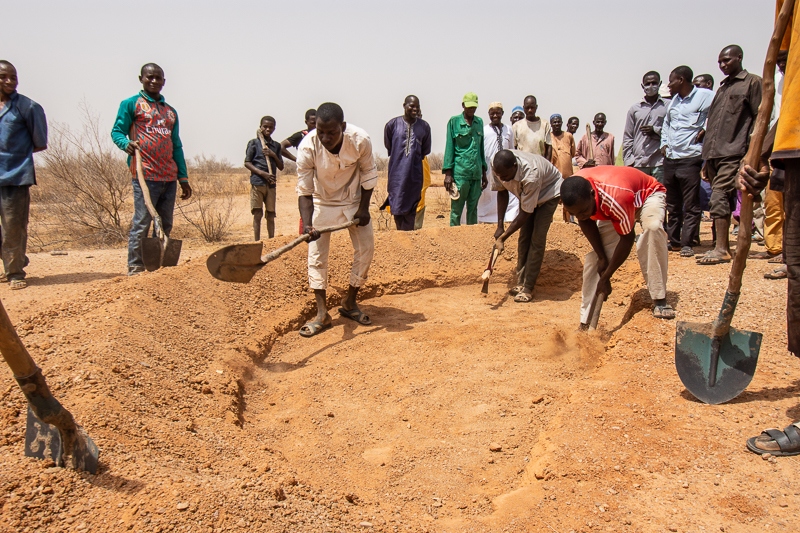
We have also observed and supported the creation of dikes surrounded by water reservoirs: these are structures built in ravine areas to ensure their closure and regulate the flow of runoff water. Stone barriers are anti-erosion structures made up of blocks of stony rubble, built in a line along contour lines. They reduce water erosion by reducing the flow of runoff surface water.
What is the benefit for WFP to participate in the collective dynamics of the Sahel Alliance?
WFP has a strong interest in ensuring active participation in many of the Sahel Alliance’s technical groups (gender, climate, agriculture, rural development & food security, priority areas, AS-G5 dialogue framework, etc.) in order to stimulate coordination between key stakeholders and the effectiveness of our interventions, to strengthen the possibilities of scaling up, to benefit from exchanges and good practices, to share our detailed knowledge of operational issues, to share our analysis of the evolving situation in the Sahel, and to make the point of view of the local and regional authorities with whom we are in constant dialogue known to all Sahel Alliance players.
We also have close partnerships with other Alliance members. For example, in the context of scaling up its integrated Sahel resilience package, WFP has been working especially with BMZ since 2018. New proposals have been developed to incorporate social protection and social cohesion, including in collaboration with UNICEF. In addition, WFP and UNICEF now have an enhanced partnership in place in 3 pilot countries of the Alliance, Mali, Niger and Chad.
In addition, since 2018, the 3 Rome-based sister agencies (FAO, IFAD and WFP), which were naturally collaborating on food security and resilience, have signed a letter of understanding with the G5 Sahel to support the implementation of the resilience pillar of the G5 Sahel PIP, especially through the Joint Sahel Programme in response to the challenges of COVID-19, conflict and climate change (SD3C).
[1] Food assistance or money transfer for productive asset creation
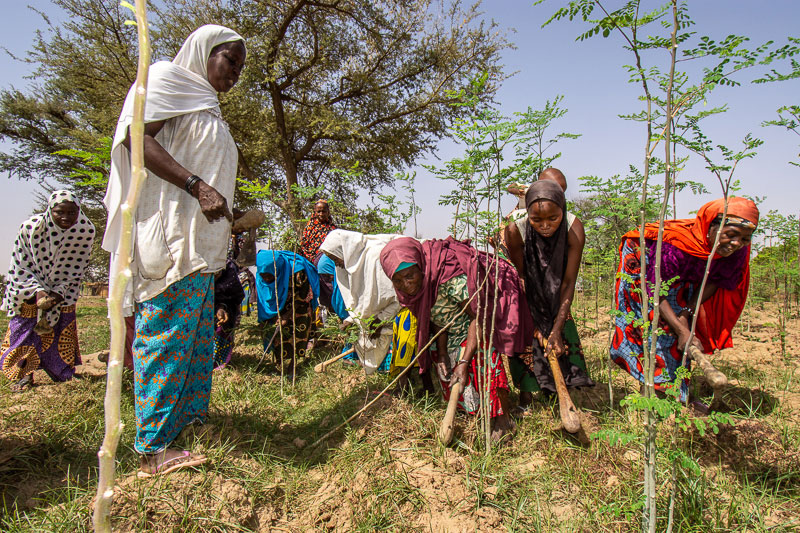
WFP’s work in the Sahel
WFP represents the United Nations organisation with the broadest portfolio and the strongest presence on the ground. For the G5 Sahel countries, WFP has 5 country offices and 33 field offices to ensure a better deployment of its operations to assist 11.9M people out of the 5 countries. WFP ensures a permanent complementarity between its mandates to SAVE LIVES and CHANGE LIVES. The integrated programmatic offer in the Sahel ranges from responding to emergencies when necessary, financing climate risks, to supporting populations through social protection-based approaches and strengthening national systems, as well as community resilience.
Since 2018, WFP has restored 109,000 ha of land in 2. 100 villages, reaching 2.5 million beneficiaries in 2021 through the Integrated Resilience Programme. We also support national social protection systems to make them nutrition-sensitive.
More information: Integrated Resilience in the Sahel | World Food Programme (wfp.org)

